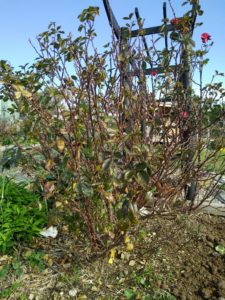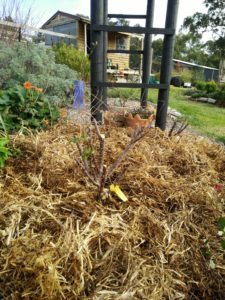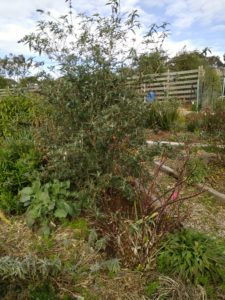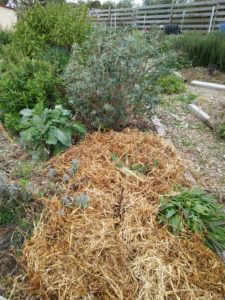Pruning – all about the why, how and when
Pruning is one of those maintenance jobs that can and should be done on a regular basis throughout the year. When, what and how is determined by many factors, some of which are listed below:
- what type of plant you are needing to prune
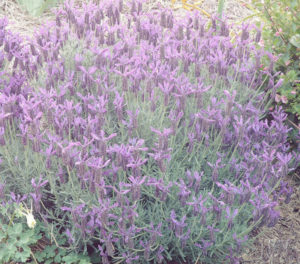
Italian lavender (Lavandula stoechas) flowers at the beginning of Spring, so don’t prune in winter as you’ll lose all the flowers! - what use the plant is serving in the garden
- when the plant flowers and/or fruits
- what shape you would like the plant to grow
- the natural habit of the plant
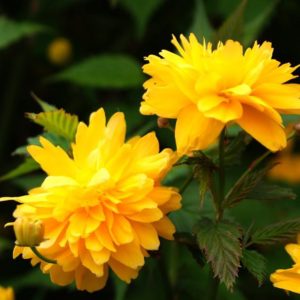 Kerria japonica is also a spring flowerer
Kerria japonica is also a spring flowerer
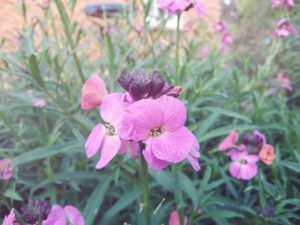
This means that you may need to do some research on what your plant is and what it needs. For example, I prune my roses several times a year – in the middle of winter to cut them right back and renovate the bush, lightly just after their first spring flowering to encourage new flowers, and quite hard at the end of summer to kick start an autumn flowering. I also deadhead old flowers throughout the season.
Why prune?
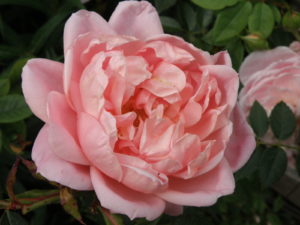
- To maintain health & appearance
- To manage shape & size
- To encourage flowers & fruit
- To renew aged plants & encourage new growth
- To remove spent flowers & foliage
When pruning, ask the following –
- What is the mature size & shape of the plant?
- When does the plant flower and/or fruit?
- On what part and age of the plant does it do so?
- Do we want the plant to serve a particular purpose (hedge, fruiting, and flowers)?
Restoring old plants
Plants needing restorative pruning need a little extra care. Firstly, it is essential to know whether the plant will recover from pruning. Many shrubs aren’t able to regrow after a severe pruning, due to the plant’s habit and age of the plant. If they are, it is sometimes a good idea to prune half the plant, following up a while later with the other half.
Everyday trimming & deadheading
To keep your garden looking tidy and plants healthy and growing as you would like, get into the habit of taking your secateurs with you. Snip off dead flowers, especially to encourage plants to keep flowering. Trim plants that are in the way or that you want to grow bushy. Cutting up the prunings and placing them around the plant is a good way to mulch if you don’t mind the look and if there is no disease in the plant.
With all plants that have been pruned, it’s a good idea to give them a little love with fertilizer and mulch and a good water if it’s a warm season.
I like to work by the DFSR rule so I’ve shared it with you below –
DSFR
D – Dead, diseased, decaying, dicky (those little twigs that don’t serve that plant’s growth) – prune them all!
S – Shape – prune off all spindly, crossing and inward facing branches. Decide what shape you would like and prune accordingly. Prune to the direction you would like the plant to grow.
Size – prune to the size you choose, as long as it suits the plant.
F – Flowers & fruit – plan your pruning to suit the time of flowering & fruiting of the plant. Prune also to maximize both flowering & fruiting.
R – Relax! – There is not a lot of harm you can do, especially if you have taken note of the growth and needs of the plant. Relax – you may find that plants are more forgiving than you think!
If you’d like more information on the why, how & when of pruning, and other garden essentials, please look out for my workshops!
Happy gardening,
Amanda


